I didn't write up the Terry Morse edit of Godzilla because I had the feeling it was beneath my notice. Just a bastardization of a classic I love. Raymond Burr as Steve Martin inserted into the already-existing film. Many people refer to it as the insulting, butchered, heavy-handed attempt to dumb down a movie to the point where it's easily digestible for American audiences. As if someone let Michael Bay add sequences to an Akira Kurosawa film. But again, David Kalat provides some much-needed perspective. Dubbing was the only way that a Japanese film was going to get any sort of audience in America in 1956. The film industry hadn't been around that long, and American audiences weren't prepared for something as complex as reading words and listening to the the intonation of the delivery in a different language. It's a developed skill. So dubbing a foreign film into English was in fact a huge act of faith by the distributor, since few films had been dubbed from Japanese, a nation that only eleven years before the US had been at war with. Acquiring the film only cost $2,500. The redub and reshoot cost $200,000.
That said, there is nothing as indicative of what this film is as the Transworld Pictures logo places over the Toho starburst. the lower part of the screen is blacked out so the Japanese characters aren't visible.
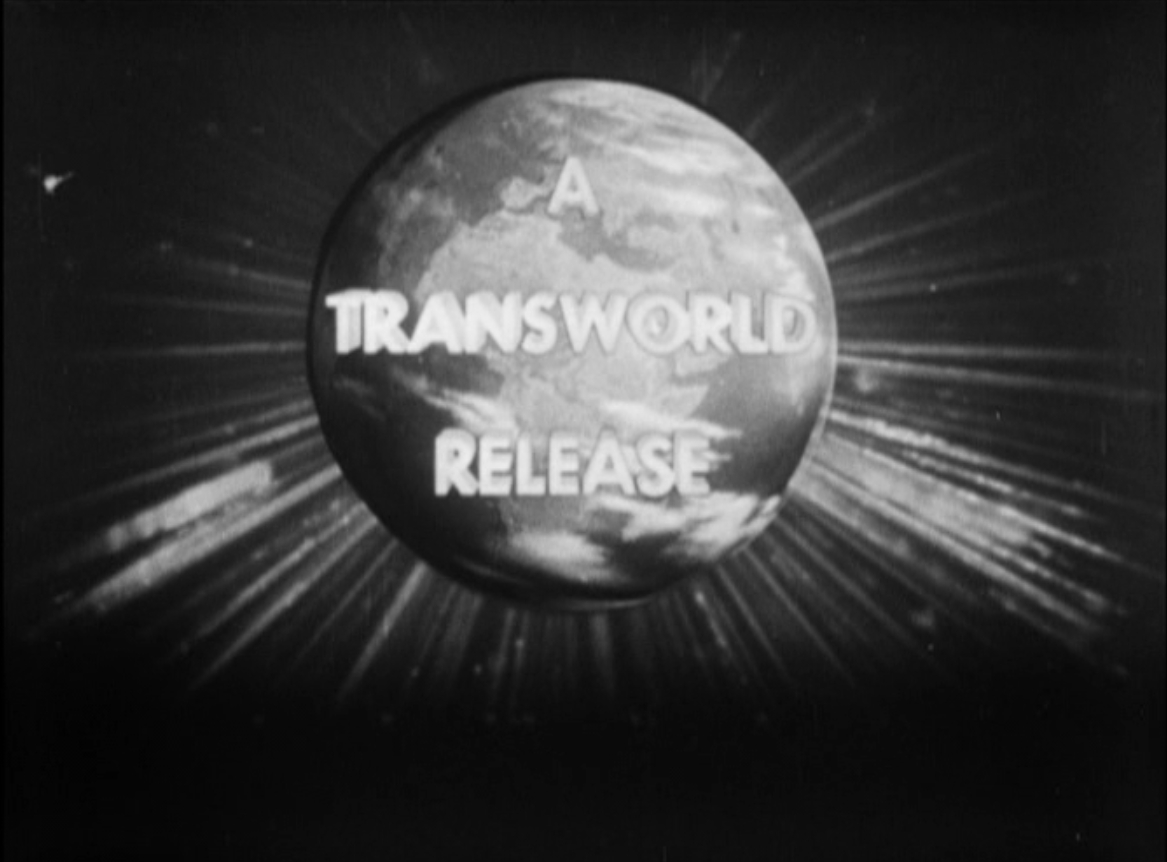
Very notable is the movement of the destruction of Tokyo to the very beginning of the film. Rather than build the tension in a documentary fashion, as the original did, King of the Monsters shows us the stakes right off. Tokyo has been devastated, and the majority of the film is flashback, narrated by Steve Martin (Burr). The new dub also makes a point of saying that the menace, not yet identified as Godzilla, is a global concern.
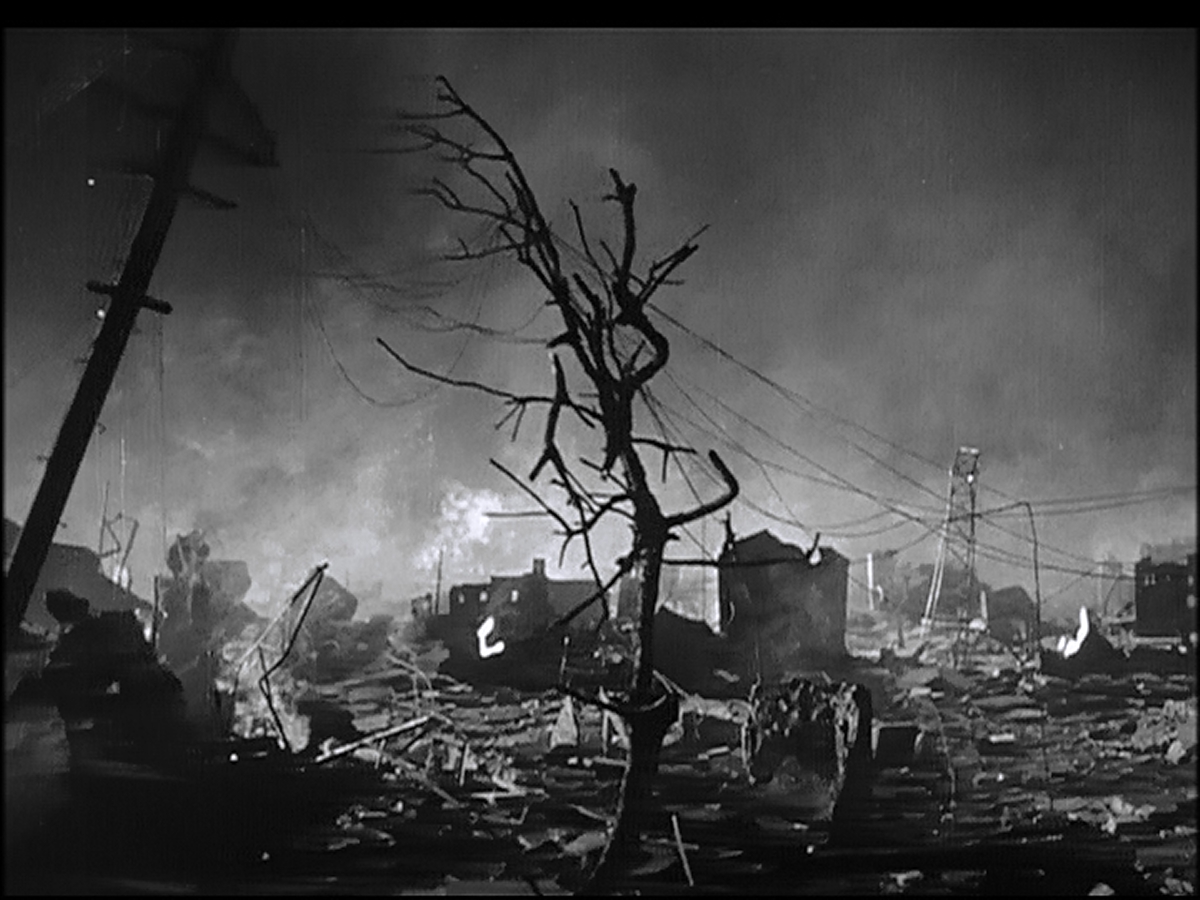
The impression that the anti-nuclear testing theme of the story has been completely removed is, under close scrutiny, incorrect. Dr. Yamane says "It is my belief that Godzilla was resurrected due to the repeated experiments of H-bombs." The shot of the little boy being scanned with a scintillation counter remains. The end doesn't bring up the dangers of nuclear testing again. So the topic is mentioned, but not emphasized.
Morse's insert shots aren't bad. Anyone who has seen the original several times can tell where most of the new scenes are, but they are not glaringly obvious. Thanks to back shots and dubbing, it's possible for Martin to interact with Emiko Yamane, the protagonist of the Japanese film. Even Dr. Yamane, briefly. Several times, Morse uses the sound of the Japanese film to link the transition from original footage to new, which works well. Additionally, Ishiro Honda's documentary style was a good canvas on which to overlay Burr's explanatory voice over.
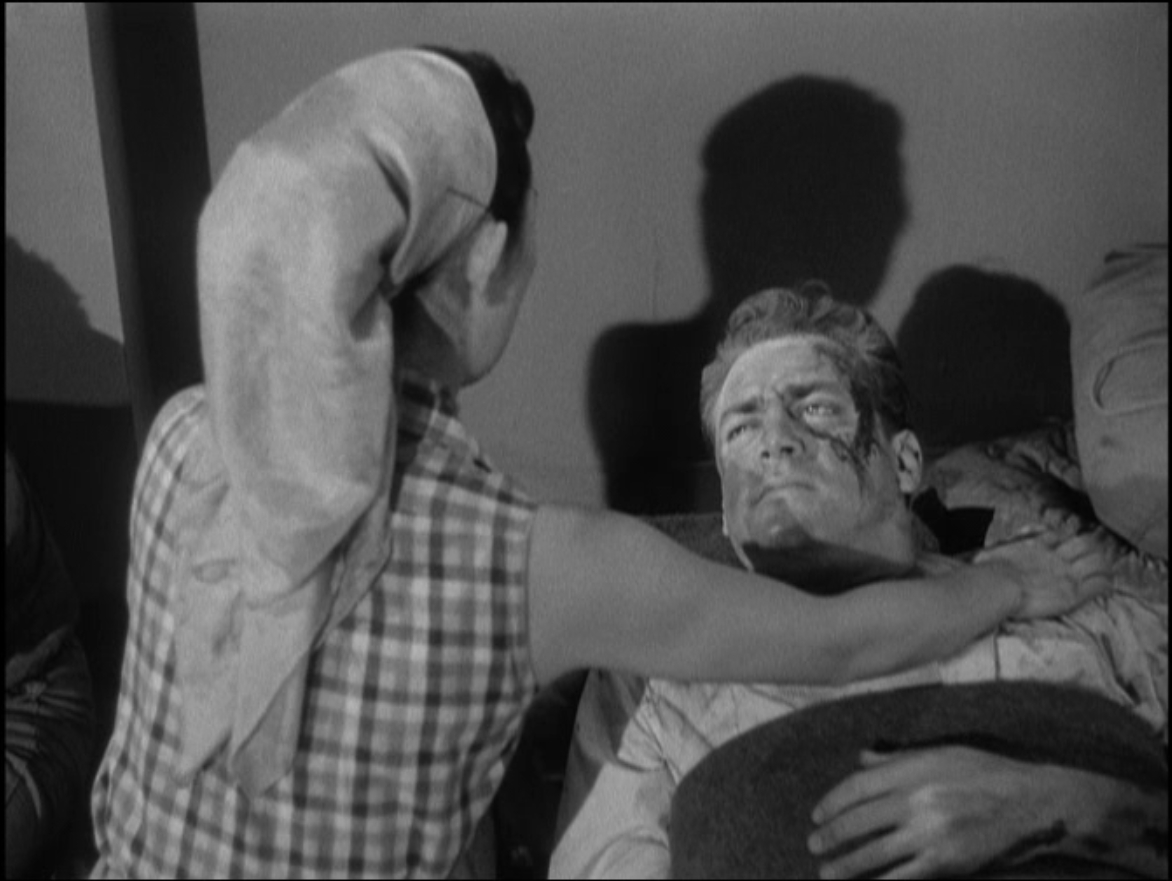
In an interesting mix of dubbing and inserts. Only the main characters are dubbed, Emiko, Professor Yamane, Serizawa. Virtually everything else is untranslated. Other scenes of untranslated Japanese are used, and then Martin's Japanese translator, Tomo Iwanaga, who will sometimes translate an ongoing scene. Poor Tomo apparently dies in Godzilla's attack in Tokyo, and is not mentioned or mourned. Fortunately, the scenes of Godzilla destroying Tokyo are primarily wordless, so these need virtually no treatment or adaptation. Dubbing, as a process is complex and more removed from the original than subtitling, for example. The speech has to be in a language with different rules of grammar, and yet the length of the line must match the amount of time the actor's lips move. Godzilla: King of the Monsters has mediocre dubbing at best, and there are some egregious parts, such as when Professor Yamane's dub actor, Sammee Tong, apparently could not pronounce “phenomenon” properly.
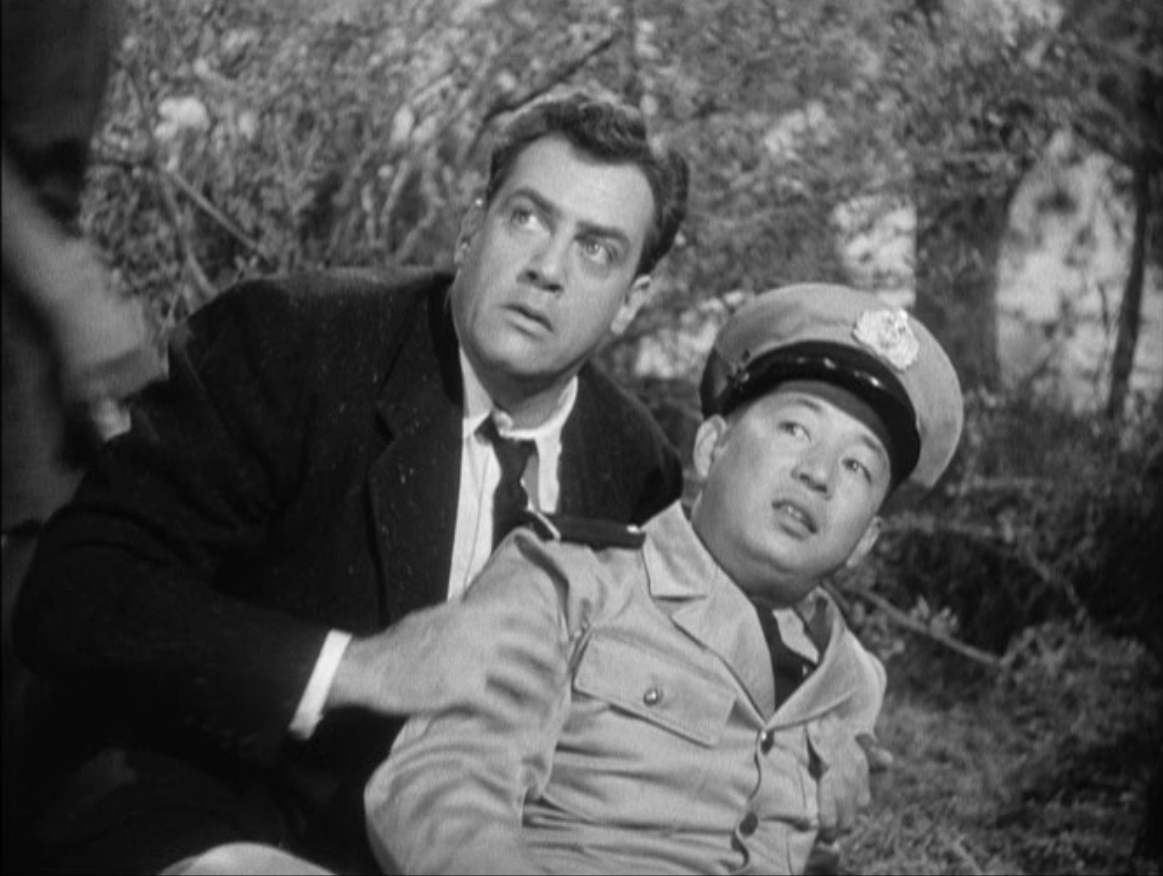
Martin plays a part that is later echoed in many Godzilla films, that of the reporter. Beginning with Goro in Mothra, the reporter, the professional seeking truth, becomes a standard character of Godzilla films and the genre generally.
Another change is the reputed height of Godzilla. Here, Martin reports that he is four hundred feet tall, a height not even achieved by the massive Legendary Godzilla, or even Shin Godzlla. Whether this was done to impress American audiences, or because everything in America is bigger, or just to sound cool for the trailer, I don't know. None of the footage has changed, so Godzilla doesn't look four hundred feet tall. Likewise, the electrical wires that are set up now carry three hundred thousand volts, rather than fifty thousand.
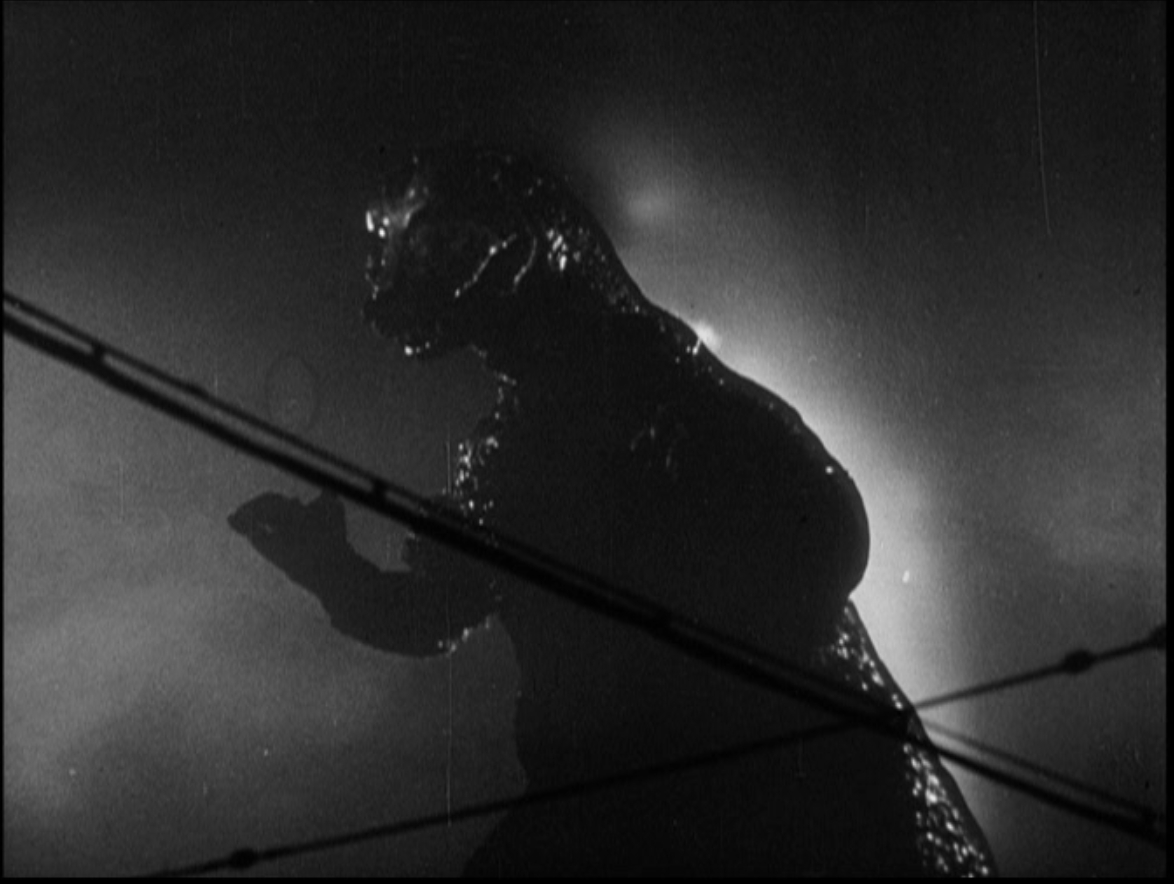
David Kalat writes that Steve Martin's narrative during the destruction of Tokyo improves the tension of the scene, and this is one of the few times that I disagree with him. In horror, a select few writers who will only show what is happening without commenting on it. Many feel it necessary to tell us how terrible the thing the audience is being shown is. Honda's original scene is presented without commentary, without feeling the need to tell the audience how bad the destruction is. It trusts the viewer to make that conclusion. And we do. The sequence is filmed so well that it presents something of a platonic ideal of city-wide destruction. In later years this sequence would come to symbolize utter destruction. Martin's commentary is therefore gilding the lily, telling us how to feel about things that already sufficiently conveyed on screen.
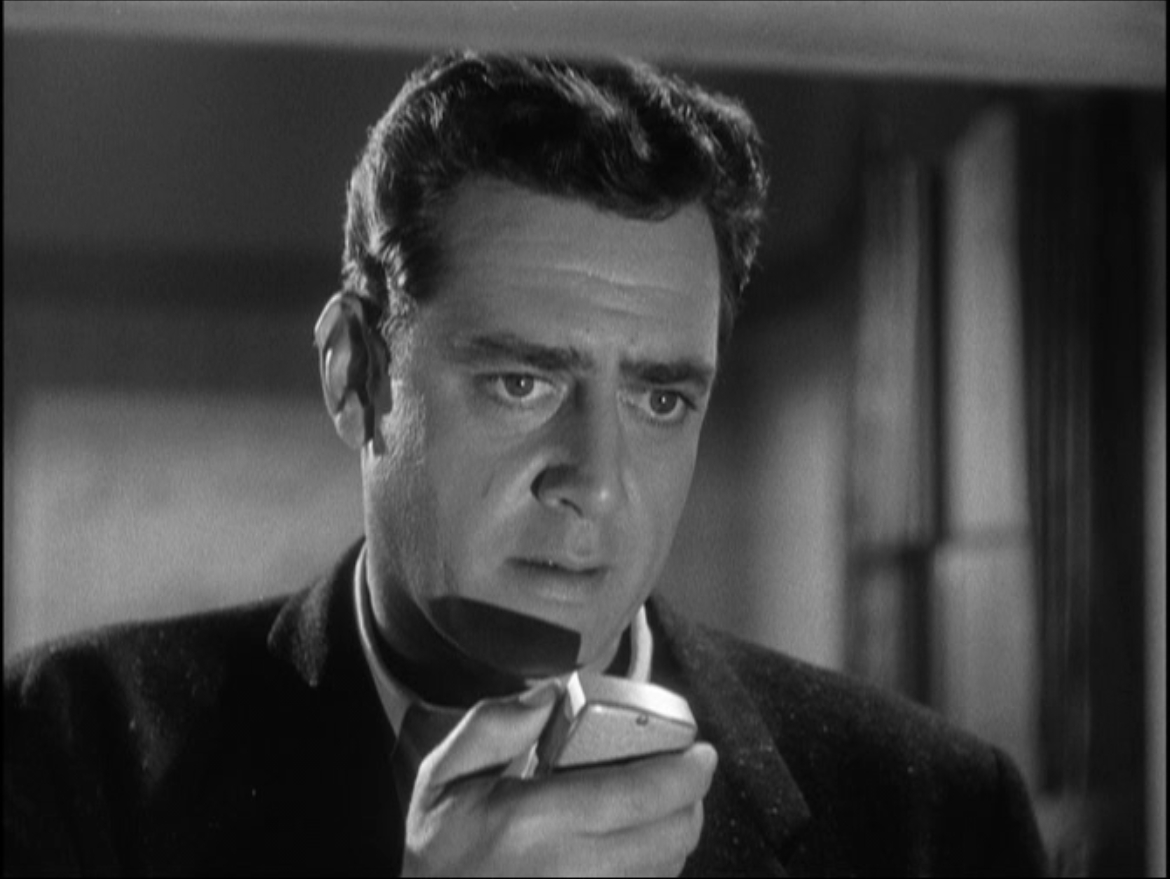
The part that probably inspired the character of Steve Martin, the radio reporter speaking as Godzilla approaches, is left intact. Further, Terry Morse left in one of the most powerful scenes, that of a woman hugging her children to her amid a shower of sparks. The impact is somewhat blunted, because we do not know what she is saying to them.
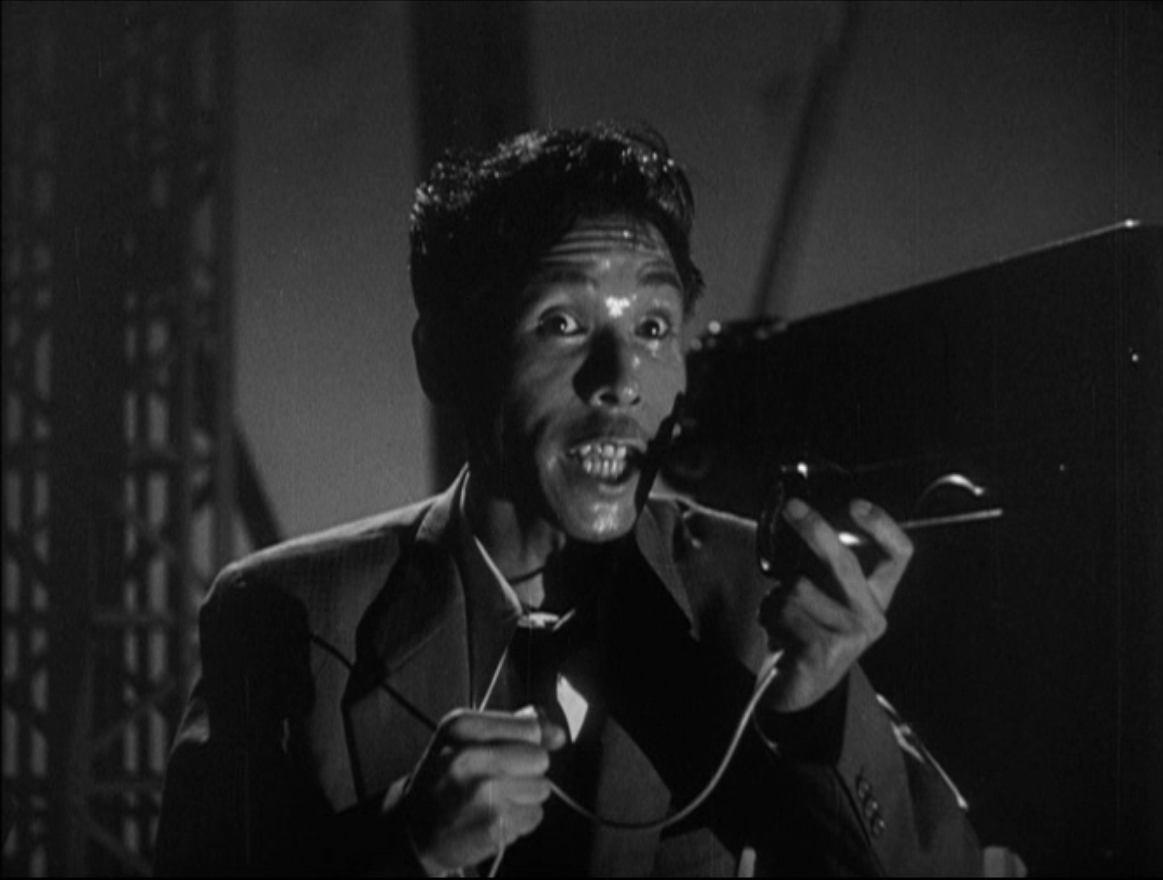
The film stops being a flashback sixty minutes into the eighty-two minute run time. To give Martin more plot significance, he is the one that convinces Emiko to tell Dr. Serizawa to use the Oxygen Destroyer to kill Godzilla. To do so requires a very on-the-nose back and forth between Emiko and Martin, in which Emmiko says she can stop the destruction, but she promised Dr. Serizawa she wouldn't tell. It's a clumsy piece of writing, glaring because the rest of the translation isn't bad.
There's another subtle difference in Serizawa's attitude that s also very telling. Here, he doesn't want the Oxygen Destroyer to fall into the wrong hands. In the Japanese version, any hands are in the wrong ones. This represents, among other things, the difference in the experience of Japan and America during World War II.
What's particularly strange about the ending is not that Dr. Yamane doesn't talk about the dangers of nuclear testing. But the rest of that removed speech conjured the possibility of a second Godzilla. Godzilla Raids Again had already been made when Godzilla: King of the Monsters appeared in the US. But film producers didn't often think of foreign franchises back then.
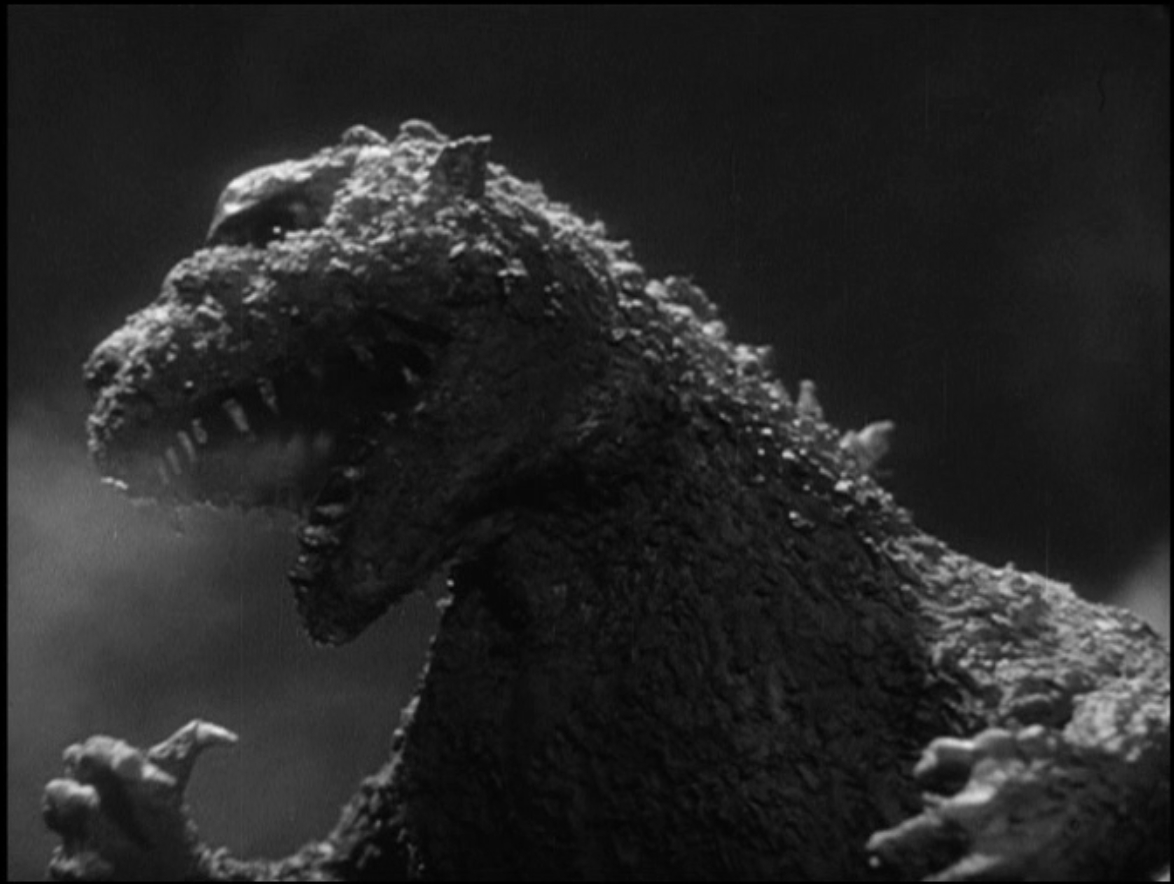
Whatever I think of the modification of Godzilla, King of the Monsters, Raymond Burr was proud to have played the character, and returned to play the same character again in the American version of The Return of Godzilla. Ultimately, however, the film's greatest failing is the voice-over. Rather than trusting the audience to draw their own conclusion about what was happening on-screen, Martin spells everything out, at length, sometimes repeating himself. That said, without the dub, the markets would not have sprung up to watch Godzilla in subtitled form. We first caught dubbed versions of Godzilla films flipping through the move channels. Without Godzilla, King of the Monsters, Godzilla likely would not have caught on in America, as I think world culture would have been poorer for it. I likely won't watch it again for fun, since the unadulterated version is easily available to me, and I have no nostalgic memory of this version.
Why suddenly write this? Because next up is the 1977 Luigi Cozzi Godzilla, which is derived from Godzilla: King of the Monsters. And it'll be impossible to understand one without understanding the other.
No comments:
Post a Comment